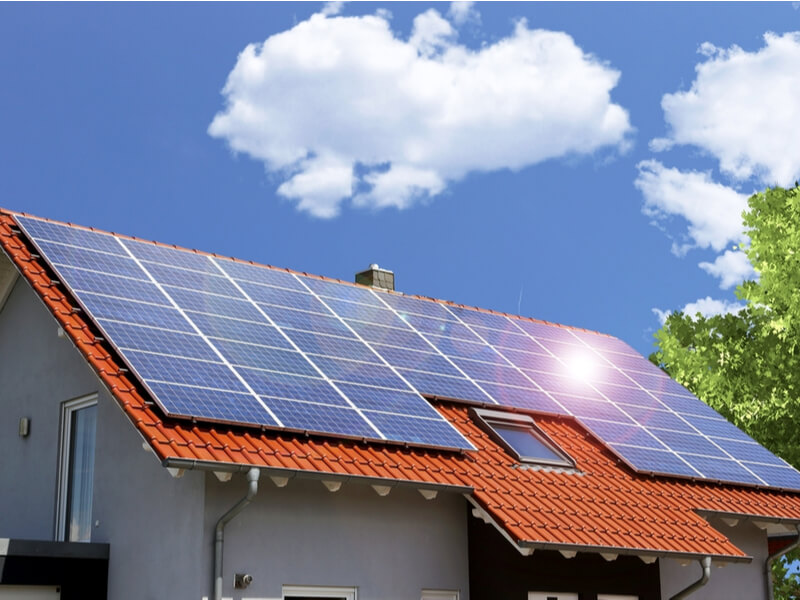What percentage of residential solar power generation systems are installed? Large gap between detached houses and collective housing

Solar power generation systems are indispensable for decarbonizing houses. How popular is it in Japan now? And what are the tips for successful expansion of further deployments? To find out the answer, we spotlight the installation rate of residential solar power systems.
More than 10% of detached houses are equipped
JPEA is also concerned about the impact of new construction starts
It is said that there is still a considerable amount of potential for introducing residential solar power generation, especially detached houses. This was revealed in a survey of the introduction potential of renewable energy conducted by the Ministry of the Environment. (Reference: “How much more renewable energy introduction potential is left in Japan?”)
On the other hand, as of the end of fiscal 2020, 6.9% of all households were equipped with solar power generation systems. According to the Ministry of the Environment's "FY2020 Statistical Survey of CO2 Emissions in the Household Sector," which was announced in March 2022, it was reported as shown in the figure below.

(Usage rate of photovoltaic power generation systems by building type. Source: Ministry of the Environment)
By type of housing construction, detached housing accounted for 12.3%, exceeding 10%, but collective housing remained at 0.2%. In other words, more than 80% of detached houses are still not equipped with solar power generation systems.
So, what is the current number of residential solar power generation systems installed? According to JPEA, the number of installations of residential solar power generation systems over the four years from fiscal 2017 to 2020 continued to average around 143,000 per year.

(Source: Photovoltaic Energy Association, Ministry of Economy, Trade and Industry, 71st Procurement Price Calculation Committee Document 1)
From the above figure, it can be seen that the number of residential solar power generation systems installed has been declining after peaking at 272,000 between July 2012 and the end of March 2014, when the FIT system began. The JPEA also noted a declining trend in housing starts, and expressed concern that this could lead to further declines in the number of residential solar installations.
Sunlight essential for ZEH expansion
Elimination of anxiety about investment recovery is the key
As for residential solar power generation systems, the 6th Strategic Energy Plan also advocates the introduction and expansion of ZEH (Net Zero Energy Houses). A ZEH is a house in which the energy it creates exceeds the energy it uses, and the installation of a solar power generation system that creates energy is a major premise.
The plan calls for ZEH-standard energy-saving performance for new homes built in FY2030 and beyond, and aims to install solar power generation systems in 60% of newly built detached homes by 2030.
However, as of the end of fiscal 2020, the percentage of ZEHs in new custom-built detached houses is 24.0% overall. In relation to this, the results of a questionnaire conducted by the Ministry of the Environment are interesting.

(Reasons for not wanting to introduce PV. Source: Ministry of Economy, Trade and Industry and Ministry of the Environment)
According to this questionnaire, many respondents said that they did not introduce the solar power generation system, which is essential for ZEH, because they could not dispel their concerns about the initial investment and the number of years required to recover the investment. Eliminating these doubts and anxieties of detached house owners may lead to further expansion of the introduction of solar power generation systems.






